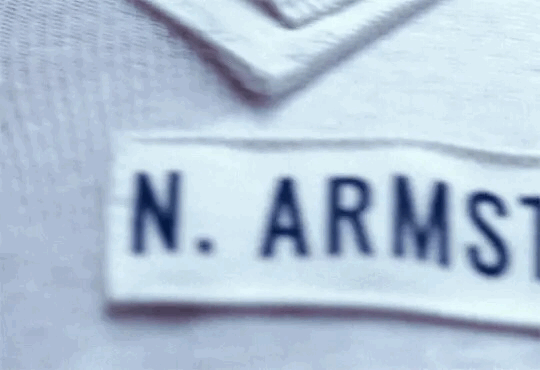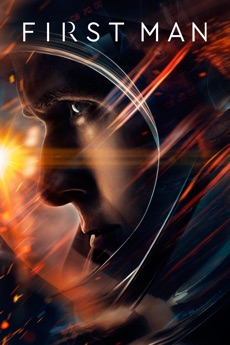Ryan Gosling on the Movie First Man and his character:

“I don’t think he saw himself as an American hero,” Gosling explains about the legendary astronaut he plays in Damien Chazelle’s period drama.
The American flag barely makes an appearance in Damien Chazelle’s First Man, the biopic about astronaut Neil Armstrong that opens the 75th Venice International Film Festival on Wednesday night. And Chazelle’s portrait of the first man on the moon, starring Ryan Gosling as Armstrong and Claire Foy as his wife, Janet, is more of an intimate character study than patriotic tub-thumper. That, says Gosling, was deliberate.“Full disclosure, I’m a Canadian, so this might be some form of cognitive dissonance, but I think this achievement was widely regarded not as an American, but as a human achievement, and that’s how we chose to view it,” Gosling said at a press conference in Venice on Wednesday. “I don’t think Neil viewed himself as an American hero, quite the opposite” he added. “Neil was someone who was extremely humble, as were many of these astronauts…the way we made the film was to honor the way Neil viewed himself.”
Chazelle, noting both his approach to Armstrong’s character in the film as well as his decision to go with a very rough and realistic style in shooting the movie — often using restrictive point of view, blurred images and a disruptive soundscape — said the goal was to “try to make it feel like a family documentary, a home movie. that happens to include going to the moon.”
On the technical side, Chazelle noted that the film used 1960s-era NASA equipment to create the authentic look and sound for First Man. “Whenever you hear Ryan’s breathing in the space suit, it’s through a real lunar helmet, through (Apollo 16 astronaut) John Young’s helmet…. If you do the leg work [and] get the real things, I think it always looks and sounds better than what you would make on your own.”
Chazelle and Gosling, along with fellow castmembers Foy, Jason Clarke and Olivia Hamilton, as well as First Man screenwriter Josh Singer, praised the generosity and cooperation of members of Armstrong’s immediate family, as well as those close to the other astronauts involved in the Apollo 11 mission. Foy said Armstrong’s two sons with Janet — Rick and Mark — were key in helping her create an authentic depiction of “how they saw their mom and dad. [Because] their dad wasn’t an astronaut. To them, he was their dad.”
For Chazelle, following Oscar best picture nominees Whiplash and La La Land, the story of First Man was, he said, his first opportunity to make a movie that “wasn’t my own experience.” Adding, “The era, the scope of this, it was all very alien to me. I had to find ways to relate to the story.”
Growing up in the post-moon landing world, Chazelle said, made it easy to take Neil Armstrong’s achievement for granted.
“We grow up with the moon landing already [having] been a fact, with the iconic images and the archival footage,” he noted. “But the more I learned about it, the more fascinated I became in what went into it and, of course, what the costs were of that process. Because they were enormous.”























